10 Most Common Types of Wood Used in Construction
Wood is a common material found in all kinds of construction projects, but they aren’t just selected at random. In fact, each type of wood has its own advantages that make it suitable for particular applications. If you’re taking on a DIY project involving wood, you’ll want to make sure you’re using the right type. This will ensure you get the best results every time.
In this article, learn about the different types of wood and their advantages.
Softwood vs hardwood
Before we dive into the specific varieties, it’s important to learn the difference between softwood and hardwood.
Technically speaking, hardwood is wood from any leaf-bearing tree, whereas softwood is wood from any cone-bearing tree.
The two have very different qualities, making them more or less useful depending on the application.
Hardwoods tend to be:
- Heavy
- Dense
- Suitable to use for supportive structures, including in the construction of walls, ceilings and floors
Softwoods tend to be:
- Light
- Thin
- Suitable for the construction of furniture, doors and window frames.
You may be tempted to simply look for any hardwood or any softwood depending on the project you are working on. However, not every softwood is the same as every other softwood, and likewise with hardwood. Let’s take a look closer at the most common types of hardwood and softwood to find which one is best for your project.
Pine
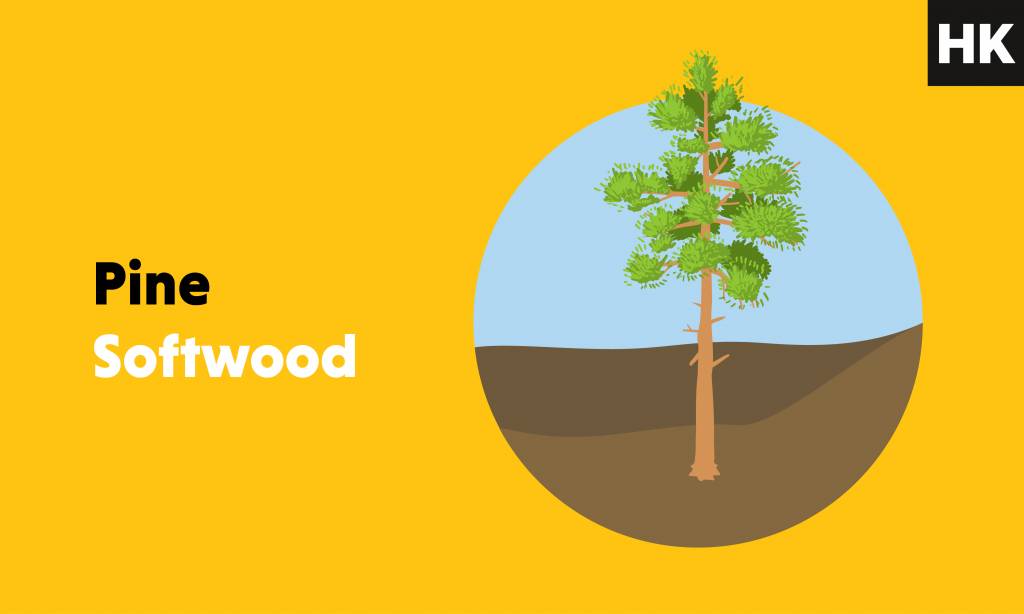
Pine is a white/yellow softwood and is commonly used in construction due to its ability to resist shrinking, swelling and warping. It’s widely used for structural framing due to its strength and versatility. Its light colour and ability to hold stains well make it suitable for interior finishes.
It also has the following properties:
- Light in weight
- Straight-grained
- Very easy to shape and stain
- Decays easily when coming into contact with soil
Cedarwood

Recognisable by its red-brown colour and light lines, Cedarwood is particularly soft compared to other softwoods. It’s preferred for outdoor projects, like decking, because of its natural resistance to moisture, decay and insect infestation.
Cedarwood has the following properties:
- Very soft
- Uniform texture
- Resistant to decay
- Resistant to insects
- Commonly used for lining drawers and boxes. May also be used to construct wardrobes.
Firwood

Although its reddish-brown appearance is similar to Cedarwood, Firwood is much tougher than Cedarwood and most other softwoods. It’s known for its straight grain and minimal knot content, making it a good choice for construction where a clean, uniform appearance is desired.
Firwood has the following properties:
- Uniform texture
- Hard compared to other softwoods
- Resistant to stains
- Used to construct a variety of furniture, including doors and doorframes.
Spruce

Spruce is strong and hard compared to other softwoods while remaining relatively lightweight. It’s often used in construction for its light weight and resistance to splitting, making it suitable for framing and panelling.
Spruce has the following properties:
- Strong
- Hard compared to other softwood
- Lightweight
- Commonly used in masts of ships, aircrafts and cladding
Hemlock
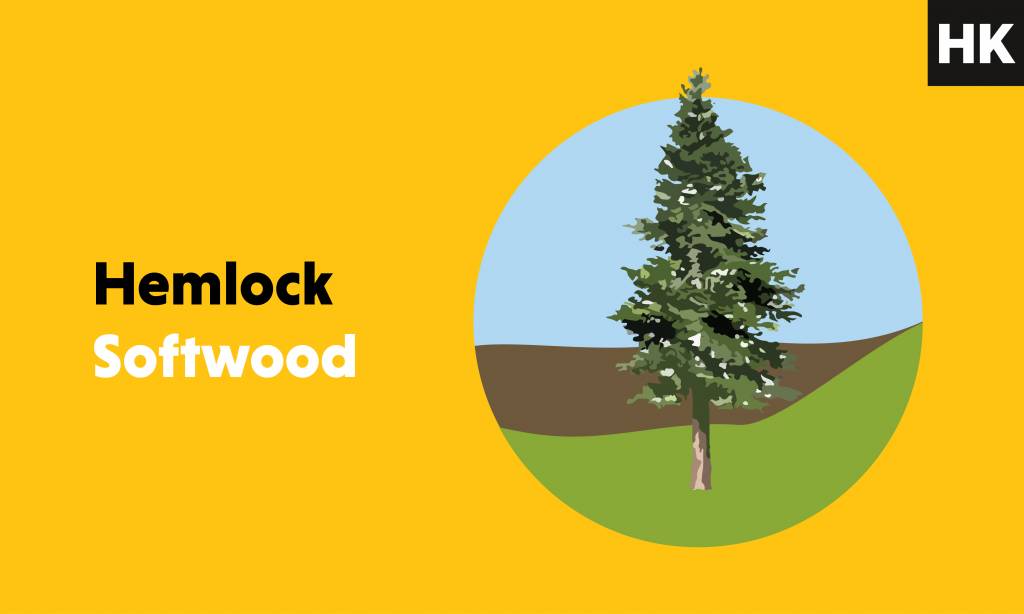
Hemlock has a light cream appearance with lines running across.
Hemlock has the following properties:
- Lightweight
- Moderate strength
- Non-resinous
- Commonly used in the construction of lumber, joinery and subflooring.
Teakwood
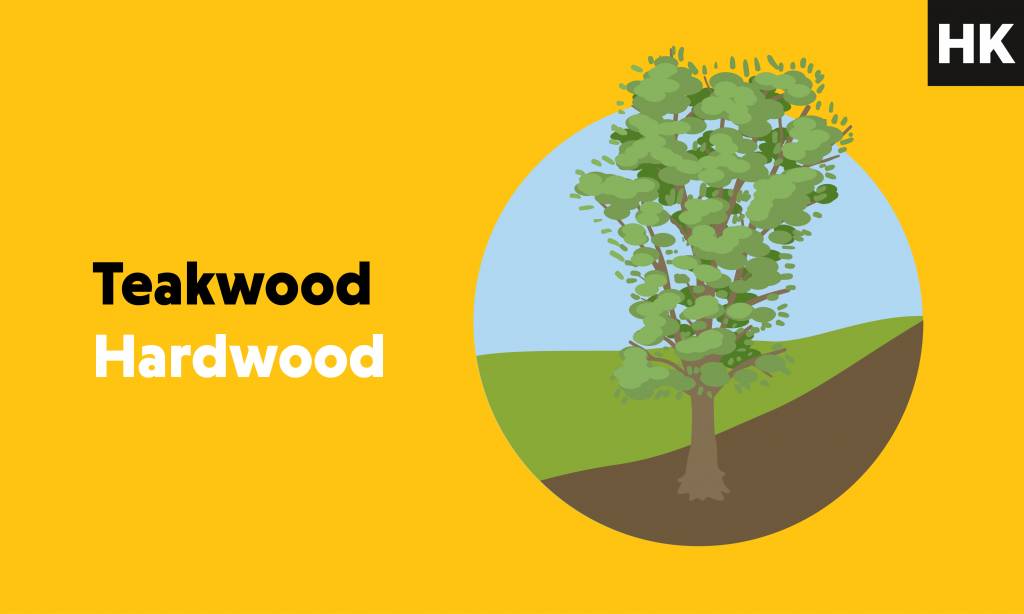
A hardwood, teakwood is popular for its strength and durability. Its various properties make it useful for a range of applications. Because of its moisture resistance, teakwood is ideal for outdoor furniture and boat building
Teakwood has the following properties:
- Heavy
- Strong
- Durable
- Weather resistant
- Warp resistant
- Decay resistant
- Burn resistant
- Commonly used in doors, windows and partitions. Teakwood can also be found in outdoor furniture such as garden benches.
Rosewood
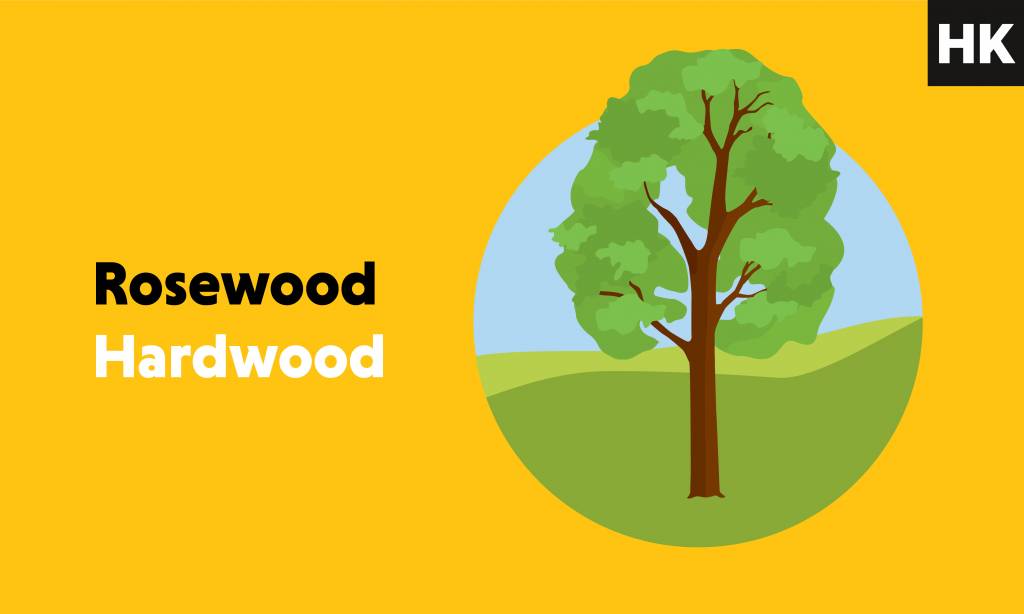
A dark reddish-brown hardwood, Rosewood is named after its unique fragrance.
Rosewood has the following properties:
- Hard
- Durable
- Sweet scent
- Commonly used in musical instruments and tool handles.
Oak wood
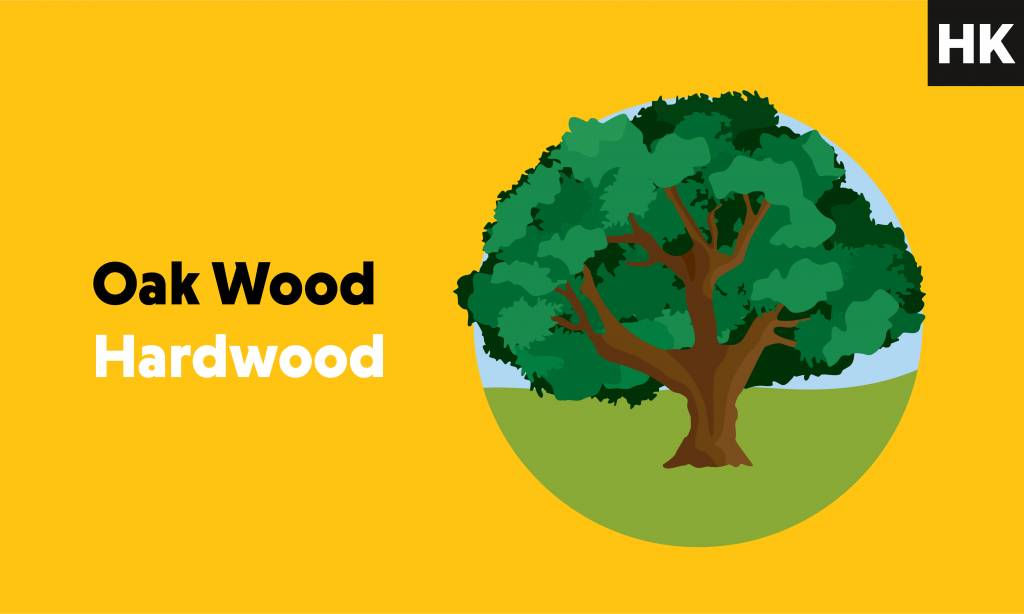
Oak wood is one of the most commonly used types of hardwood. It has a distinct grain finish and is used in a variety of applications. Valued for its strength and hardness, Oak is frequently used in flooring and architectural detailing.
Oak wood has the following properties:
- Heavy
- Strong
- Moisture resistant
- Fungus resistant
- Commonly used for household furniture such as bookshelves and cabinets
Maple wood
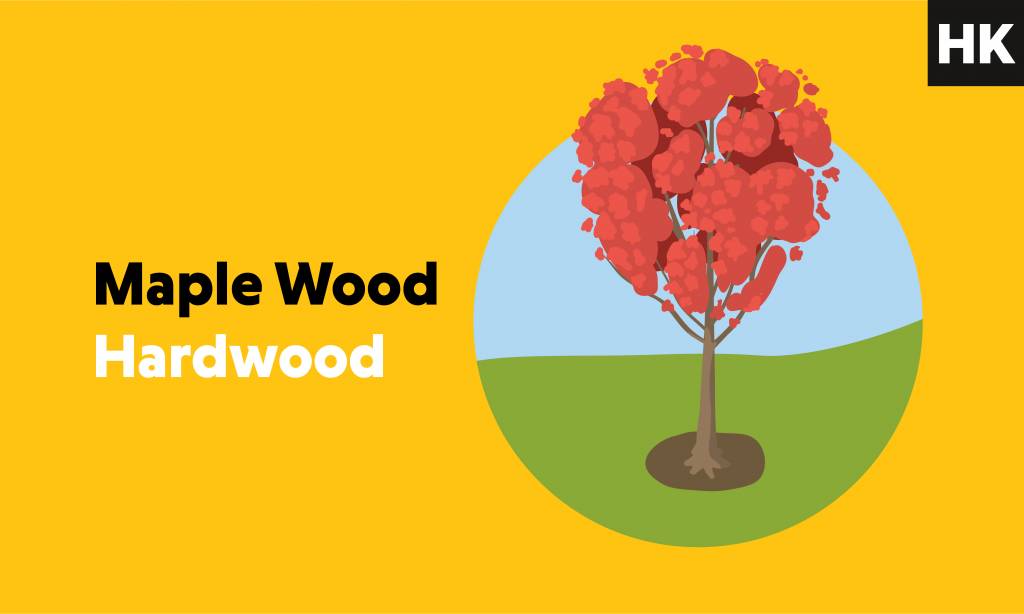
Strong and sturdy, this hardwood is used for a variety of applications. With its hard surface, Maple is preferred for areas with high traffic and is utilised in flooring and cabinet making.
Maple wood has the following properties:
- Strong
- Shock resistant
- Durable
- Easy to clean
- Commonly used for making household furniture such as shelves and bedside tables
Ash wood
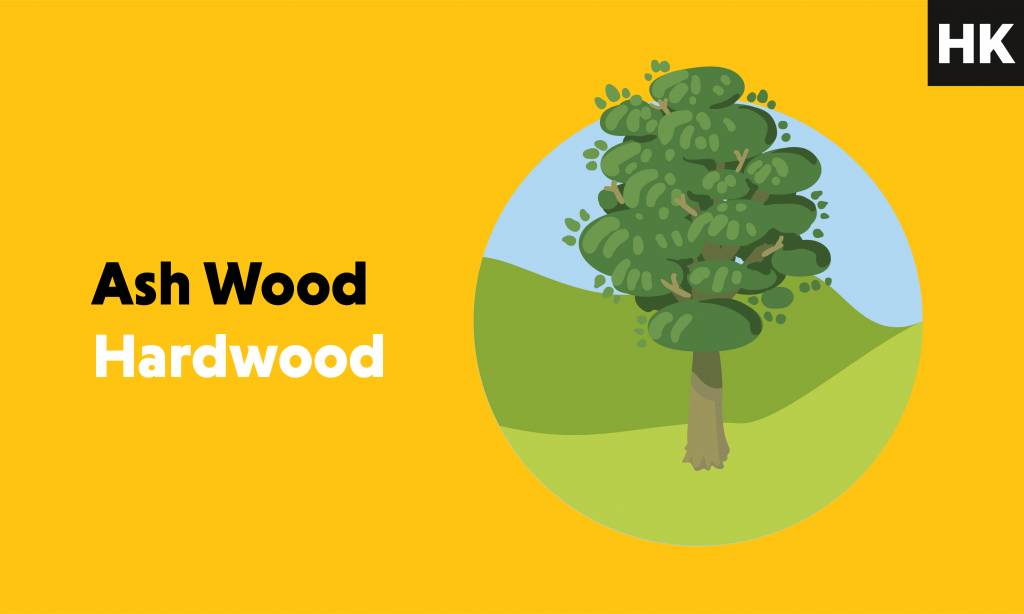
Ash wood has a prominent grain and is favoured for its attractive finish.
Ash wood has the following properties:
- Very hard
- Strong
- Dense and heavy
- Porous
- Good elasticity
- Attractive finish
- Commonly used for making structural frames and instruments such as guitars and drums
It’s vital you use suitable wood in your construction project if you hope to get the best results. At Hitchcock & King, we stock a selection of hardwoods and softwoods for commercial and domestic customers across London. As a leading builders merchant for over 50 years, we stock a huge selection of building materials and equipment, and can deliver it to your door the very same day that you place your order.
Contact our team today to place your order and start on your project.
